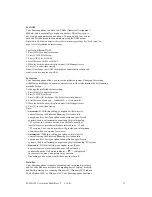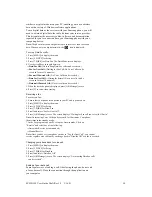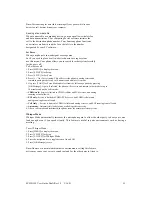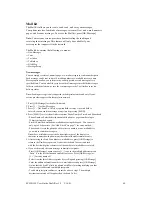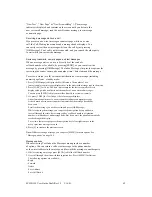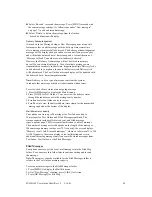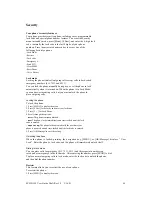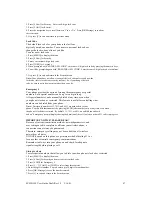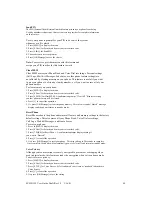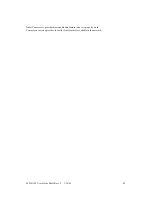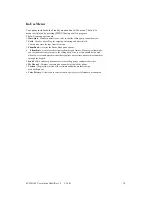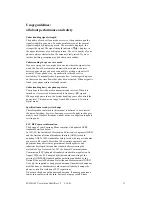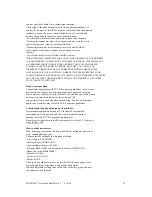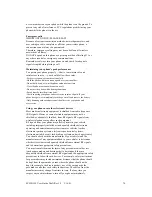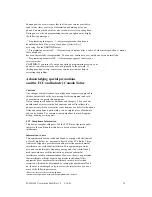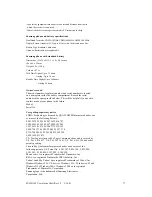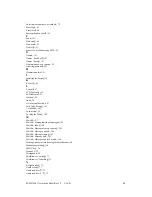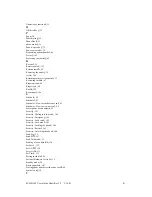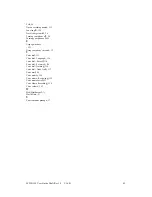
SCH-N150 User Guide Draft Rev 1.2 3/16/01
71
Usage guidelines:
all about performance and safety
Understanding signal strength
The quality of each call you make or receive, is dependent upon the
signal strength in your area. Your phone informs you of the current
signal strength by displaying a icon. The more bars displayed, the
stronger the signal. The signal strength indicator ( ) displays in
the upper left corner of your display screen. The voice quality of your
phone is always clearest when the antenna is fully raised. If you’re
inside a building, reception may be better near a window.
Understanding the power save mode
If you are trying to use your phone in an area where the signal is too
weak, the Power Save feature automatically activates to conserve
battery power when you have been unable to pick up a signal for 15
minutes. If your phone is on, it periodically rechecks service
availability. To manually check, press any key. A message is displayed
on the screen any time Power Save has been activated. When a signal is
found, your phone returns to standby mode.
Understanding how your phone operates
Your phone is basically a radio transmitter and receiver. When it is
turned on, it receives and transmits radio frequency (RF) signals.
When your phone is in use, the system handling your call controls the
power level. This power can range from 0.006 watts to 0.2 watts in
digital mode.
Specifications are subject to change
The information contained in this manual is believed to be correct at
the time of printing, however, Samsung reserves the right to change or
modify any of the specifications without notice or obligation to update
existing units.
FCC RF Exposure information
The design of your Samsung Phone complies with updated NCRP
standards described below.
In 1991-92, the Institute of Electrical and Electronics Engineers (IEEE)
and the American National Standards Institute (ANSI) joined in
updating ANSI’s 1982 standard for safety levels with respect to human
exposure to RF signals. More than 120 scientists, engineers and
physicians from universities, government health agencies and
industries developed this updated standard after reviewing the
available body of research. In 1993, the Federal Communications
Commission (FCC) adopted this updated standard in a regulation. In
August 1996, the FCC adopted hybrid standard consisting of the
existing ANSI/IEEE standard and the guidelines published by the
National Council of Radiation Protection and Measurements (NCRP).
Use only the supplied or an approved antenna. Unauthorized antennas,
modifications, or attachments could impair call quality, damage the
phone, or result in violation of FCC regulations
Do not use the phone with a damaged antenna. If a damaged antenna
comes into contact with the skin, a minor burn may result. Please

